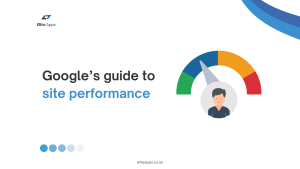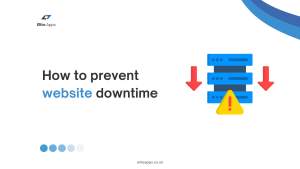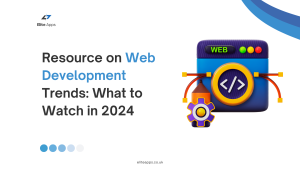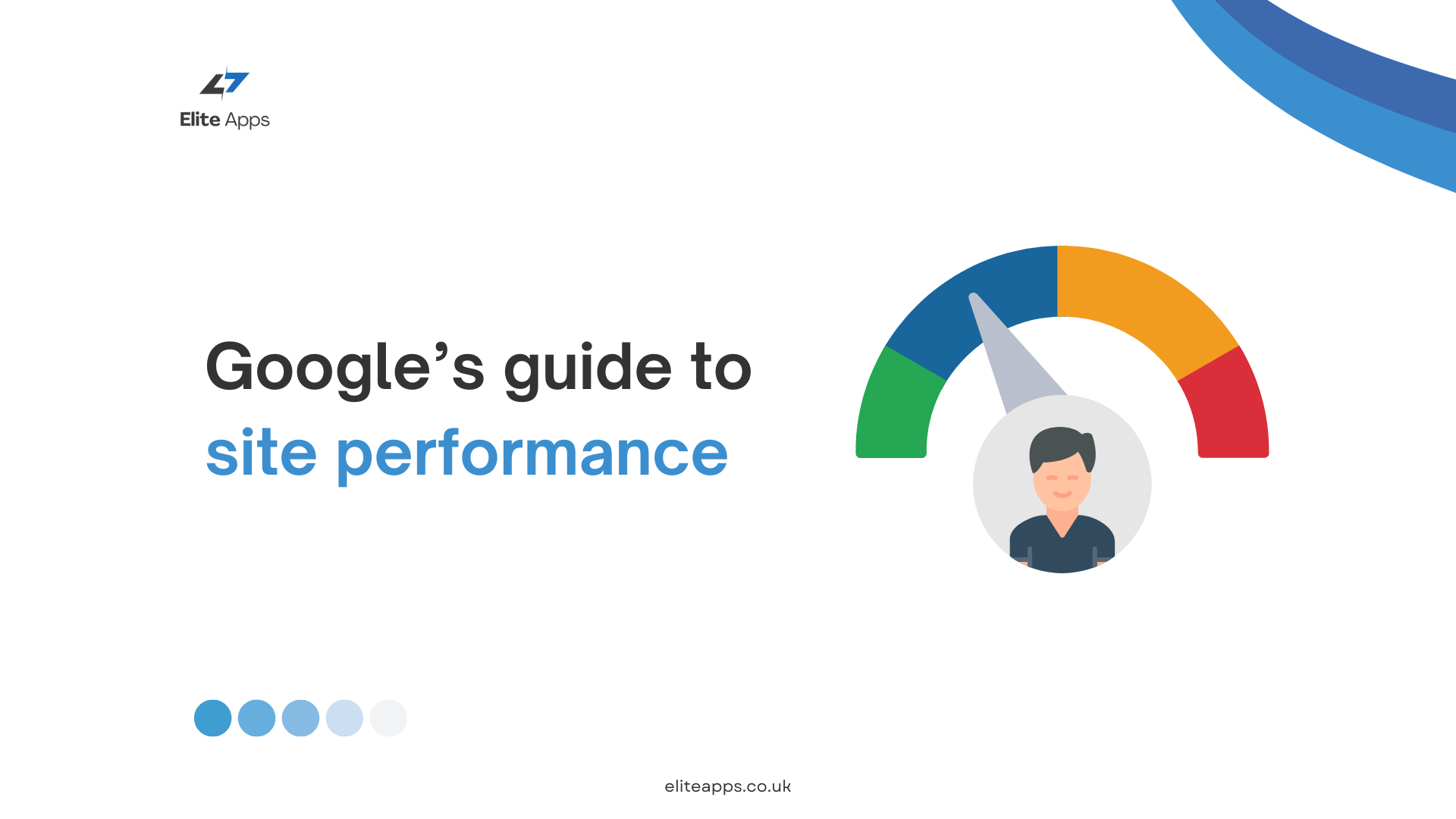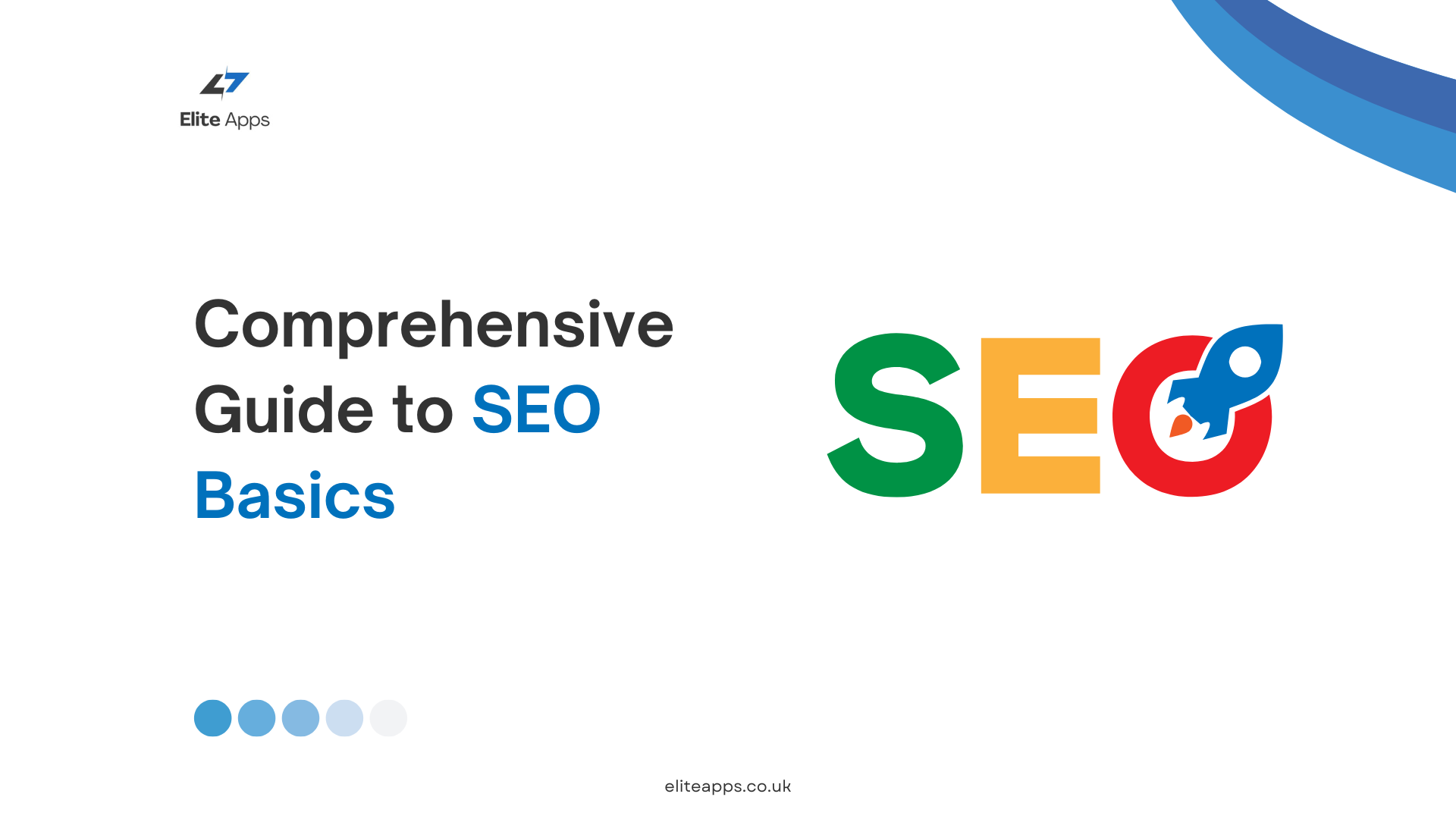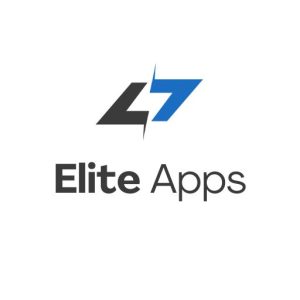In the dynamic world of mobile app development, speed to market is crucial. One effective strategy is crafting a Minimum Viable Product (MVP) that includes only the fundamental features required to engage your target audience. This blog delves into the MVP approach and offers tips for building a successful MVP for your mobile app.
What is an MVP?
An MVP is a streamlined version of your app, featuring only the essential components needed to meet the needs of your target audience. It aims to gather early user feedback and guide decisions on future feature development.
Benefits of an MVP
Creating an MVP offers several advantages:
- Quicker time-to-market: A lean version of your app can be launched faster, allowing you to start collecting user feedback promptly.
- Cost efficiency: By focusing on crucial features, an MVP helps you avoid unnecessary development expenses.
- Early insights: An MVP provides early user feedback, informing your future development decisions.
- Enhanced user experience: Concentrating on core features ensures a smoother, more intuitive user experience.
How to Build a Successful MVP for Your Mobile App
Follow these steps to create a successful MVP for your mobile app:
- Identify your target audience: Knowing who your app is for and the problems it addresses is essential when building an MVP.
- Determine core features: With a clear understanding of your audience, pinpoint the essential features that meet their needs.
- Prioritize features: Rank features by their importance to your audience, starting with the most critical ones.
- Create a prototype: Before development, build a prototype to test your concept with potential users, refining your idea and identifying issues early.
- Develop your MVP: With a clear target audience and core features, build your MVP, keeping it simple and focused.
- Test and gather feedback: Post-launch, collect user feedback to make improvements, ensuring your app meets audience needs.
- Iterate and enhance: Use feedback to continuously refine and improve your app. Building an MVP is an ongoing process, requiring regular updates and enhancements.
Conclusion
Creating a successful MVP for your mobile app demands meticulous planning and execution. By concentrating on core features and maintaining simplicity, you can launch quickly and gather valuable user feedback. Continue iterating based on feedback, and you’ll be on the path to developing a successful mobile app.


